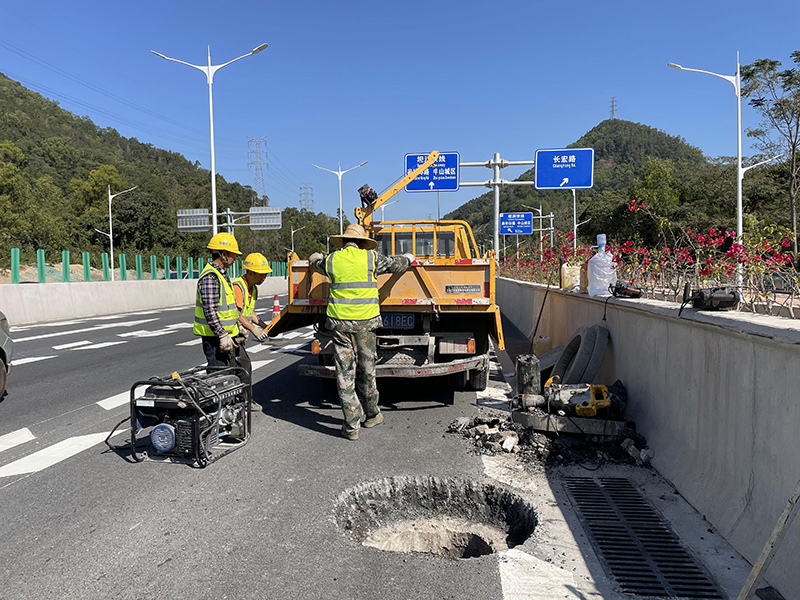
Drainage
1. After getting a drawing for a municipal road construction project, you need to find out the direction of drainage of rainwater and sewage. If it is connected to an old road, you need to find the location of the old well and measure its location and elevation.
2. Try not to install rainwater wells in green belts, and avoid installing the well ladder in a straight line with the direction of the rainwater connecting pipe. Whether the mortar is batched inside and outside the well, it is not necessary to leave a hole in the well in advance for the rainwater outlet, and whether the internal and external interfaces of the rainwater pipe need to be wiped.
3. It is necessary to calculate the soil covering depth of the pipe to prevent machinery, vehicles, etc. from affecting the pipeline during the subsequent construction process. To see whether the elevation needs to be adjusted, you can also decide which drainage section to construct first, and whether to carry out rainwater construction or sewage construction first. .
4. When digging a trench, you need to know in advance whether there are other pipelines underground to avoid accidental damage during construction. When the well is at a turning position, you must pay attention when digging, otherwise the pipe may not be installed and the well cannot be constructed.
5. When leveling the concrete base of rainwater pipes during municipal road construction projects, attention should be paid to the elevation. The sand cushion layer of sewage pipes should consider its settlement. When the pipes are backfilled, they may shift, and when the sand vibrates, the pipes may float.
6. When there are branch wells, try to get them in place at one time.
7. When building a well, you need to have the well chamber, cover plate, well shaft and other data. The well should be raised to a stable water level at one time. After the well is raised, the well head should be blocked in time. If there are reserved holes in the well chamber, they should also be blocked.
8. For wells made on site and wells within the red line, coordinate records should be recorded as much as possible.
9. The location of rainwater inlets should be determined in advance, and they should be added at low places on the road. Check whether there is a need to add more at the intersection of the community to avoid water accumulation on the road in the future.
10. When connecting user wells on old roads, special attention should be paid to the elevation.
Replacement of roadbed
1. Municipal road construction projects affect the arrival of machinery and equipment, materials, and on-site operations.
2. The subgrade replacement elevation and pipeline installation elevation need to be considered, and the replacement height and range need to be controlled.
3. Pay attention to the pipeline installation procedures and elevation of other pipeline departments.
4. After a period of replacement and filling, it needs to be compacted immediately. In case of abnormal weather, try not to excavate and replace a large area.